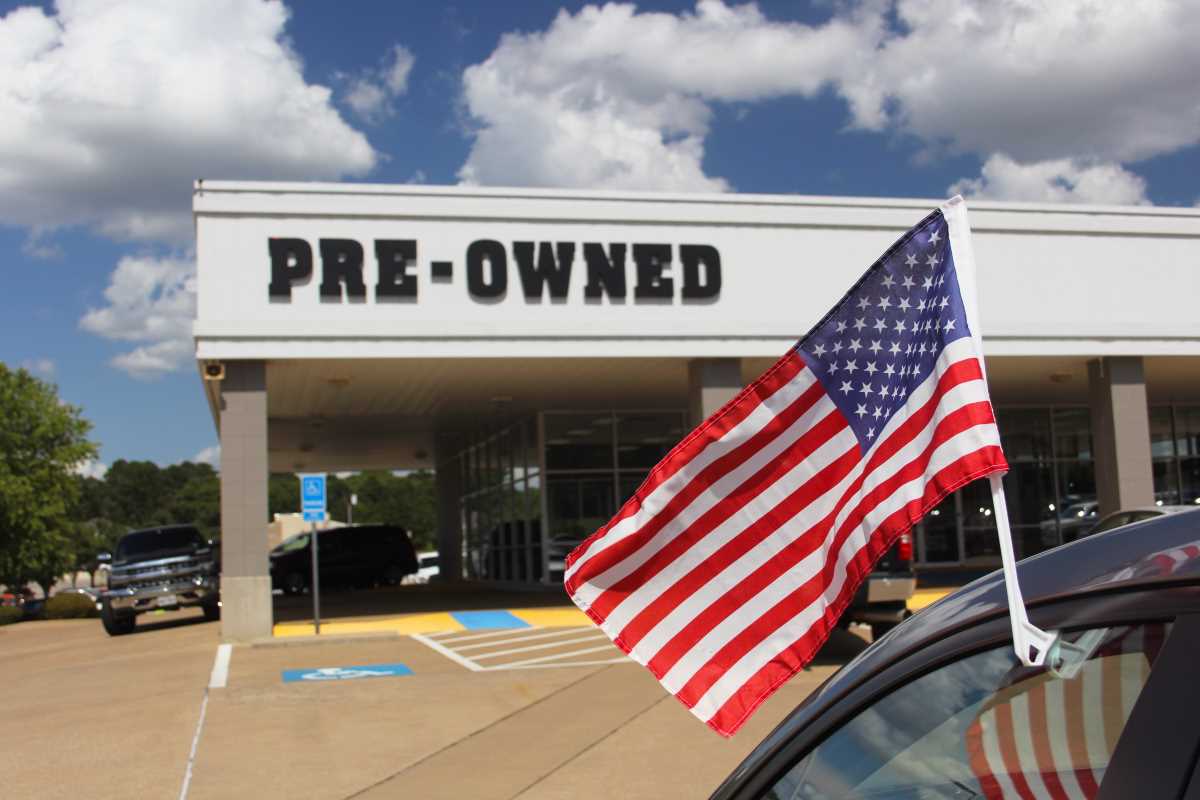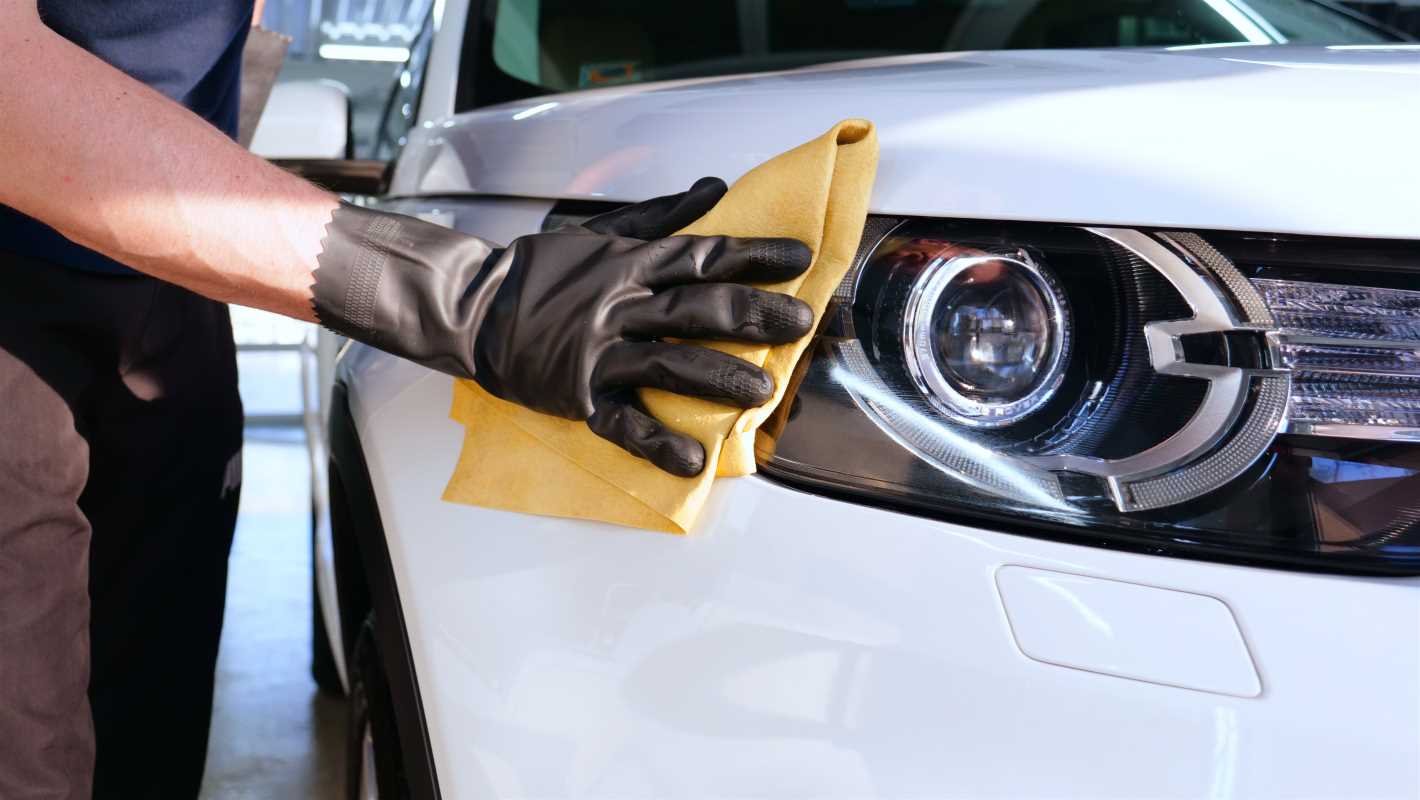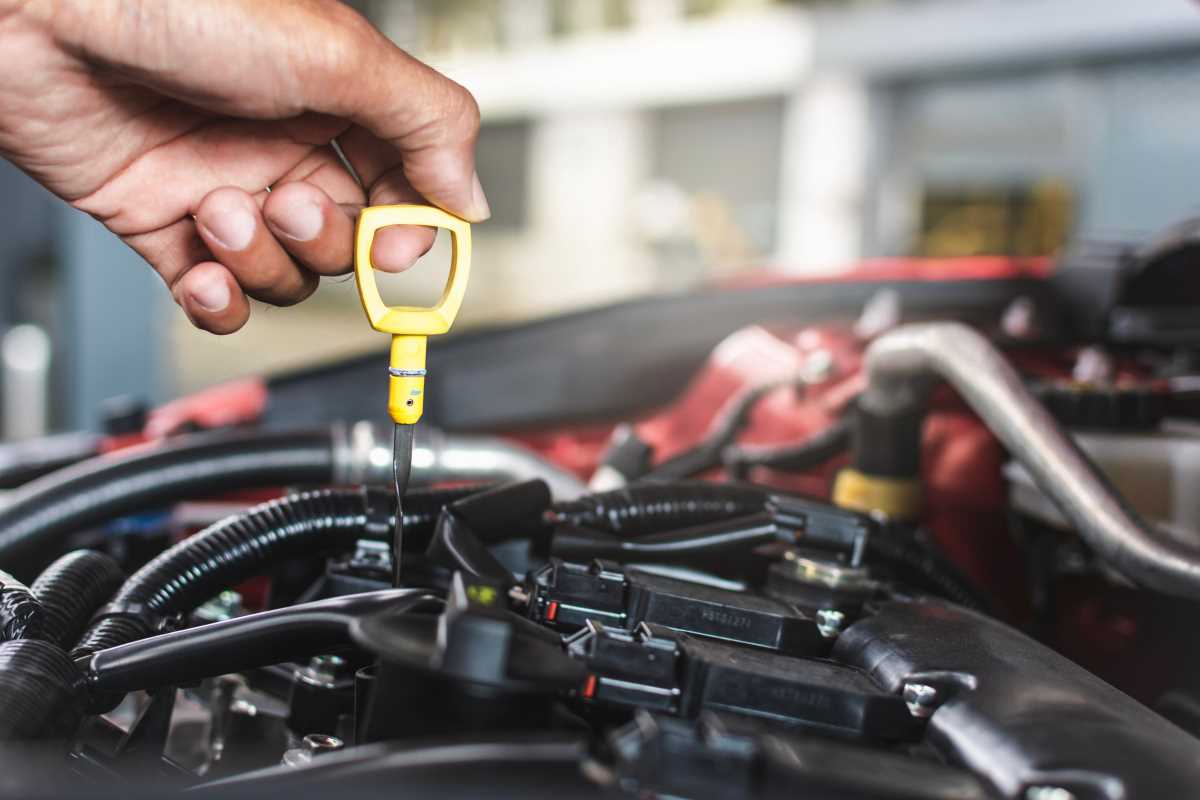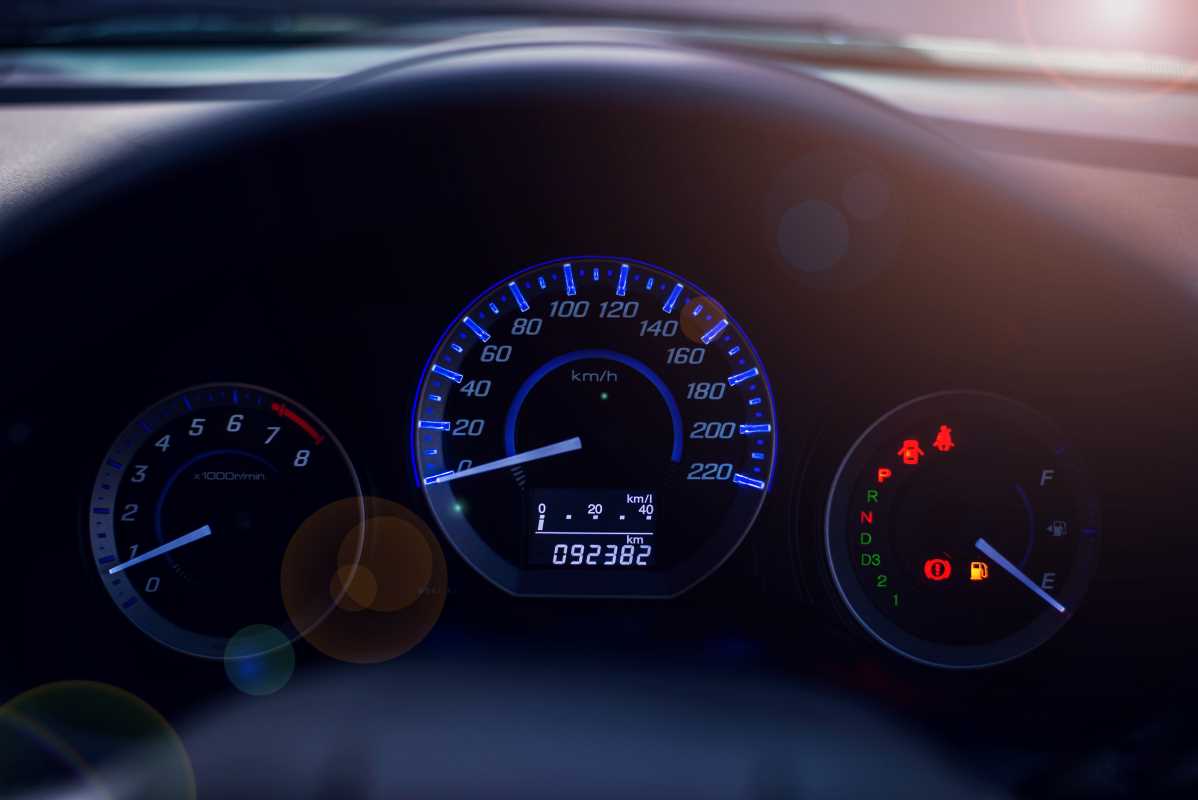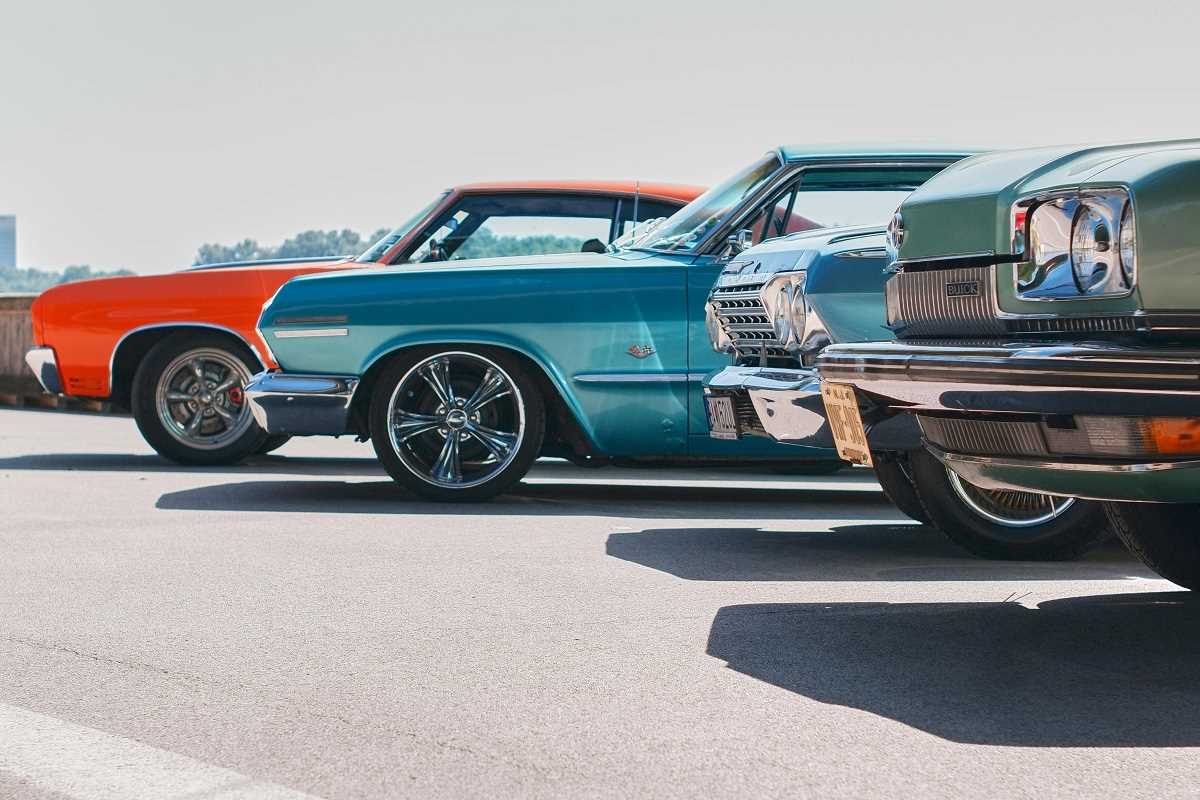Buying a car is a big deal, whether it’s your first set of wheels or an upgrade from what you’ve got. But here’s the thing—not all cars are created equal when it comes to holding their value. Depreciation, or the loss of a car’s value over time, is a huge factor to consider when making a purchase. Cars can lose up to 20% of their value the second they’re driven off the lot, and some models depreciate even faster than that. Understanding how to dodge cars that plummet in value can save you thousands of dollars in the long run. Stick with us as we break down the tricks for steering clear of vehicles prone to rapid depreciation.
Pay Attention to Brand Reputation
Certain brands have earned long-standing reputations for reliability and sustainability, and that reputation directly affects how well their vehicles hold value. Think of brands like Toyota, Honda, and Subaru. Their cars are known for lasting well beyond 100,000 miles with proper maintenance. This reliability makes them attractive to buyers even when they’re a few years old, which in turn keeps their resale values high.
Luxury brands, on the other hand, are often hit harder by depreciation. While cars from brands like BMW or Mercedes-Benz may look stunning on day one, they tend to lose value faster because of their high initial costs and expensive maintenance needs. If you’re planning to invest in a car for the long haul, going with a brand known for reliability rather than flashiness can help you avoid the rapid depreciation trap.
Consider Popular Models With Strong Demand
Cars that are in high demand tend to hold their value better over time. Why? Because when it’s time to sell, there’s a larger pool of people who also want that car, keeping prices competitive. Popular models like the Toyota Camry, Honda Civic, and Ford F-150 hold their value well because they’re appealing across a broad range of buyers. These vehicles have reputations for durability, practicality, and wide availability of parts, which makes them low-risk choices for people shopping in the used car market.
On the flip side, cars that fill more niche markets, like sports models or highly specialized luxury cars, tend to depreciate faster. This is because their audience is smaller, and fewer people are looking to buy them secondhand. Sticking to broadly appealing models is a safer bet.
Watch Out for Pricey Features That Outdate Quickly
It’s tempting to go all-in on a car that’s loaded with the latest tech, but this is one of the biggest traps for rapid depreciation. Advanced features, like high-tech infotainment systems or cutting-edge driver-assistance tools, might seem futuristic when they’re new. However, technology in cars ages quickly, and those once-sleek features can start to look dated after just a few years.
For instance, a built-in navigation system might have seemed impressive a decade ago, but now most people prefer using their smartphones for GPS. Buyers looking for used cars won’t pay a premium for outdated tech, which drags down the car’s value. If you’re shopping for a new vehicle, it’s helpful to focus on models with functional, timeless features rather than flashy add-ons that might not stand the test of time.
Beware of Cars With High Maintenance Costs
Buying a car is just the beginning; the real costs come with upkeep. Cars that are known for being expensive to maintain or repair often scare off buyers in the used market. And when demand drops, so does resale value, causing depreciation to hit harder. This is one of the reasons many luxury cars, like Audis or Jaguars, tend to lose value faster than brands with a reputation for affordability.
Before you commit to a car, research its maintenance needs. Look into average repair costs, the availability of replacement parts, and the frequency of maintenance required. Brands like Toyota and Honda, for example, are often praised for their lower ownership costs, which helps keep them popular in the used-car market.
Pick Cars With Long-Term Reliability
Some cars have a proven track record of reliability that helps protect them from rapid depreciation. Think models like the Toyota Tacoma or Honda Accord. These cars are often seen on the road 10, 15, or even 20 years after they’re first purchased. Their ability to stand the test of time makes them a solid investment because future buyers know they’re getting a car that can still perform well without constant trips to the mechanic.
To figure out if a car is likely to hold up well, check out third-party reliability ratings from organizations like J.D. Power or Consumer Reports. These rankings give insight into which models have fewer issues over time, making them attractive to both current and future buyers.
Avoid Cars With Poor Fuel Economy
Gas-guzzlers may seem like a fun choice when fuel prices are low, but they can become a financial headache when prices climb. Cars with poor fuel economy are riskier investments because they’re less attractive to budget-conscious buyers in the used market. This can drive resale values down more quickly than fuel-efficient models.
On the other hand, hybrids and other fuel-efficient cars tend to hold their value better. For example, the Toyota Prius continues to be a strong performer in the used market because of its reliability and low operating costs. A car that’s good for your wallet at the pump is also likely to be good for your wallet when it comes to resale value.
Choose Time-Tested Designs
Finally, cars that stick to classic, time-tested designs tend to depreciate less than those built on trendy design trends. Models with timeless looks are less likely to feel outdated after a few years, which makes them more appealing in the used-car market.
Brands like Subaru and Jeep have mastered the art of subtle, evolutionary design changes that keep their vehicles looking fresh without being trendy. This approach helps their cars retain value, even years after they’re first sold.
Avoiding cars prone to rapid depreciation is all about making smart, informed choices. By focusing on reliability, practicality, and timeless design, you’ll not only save money in the long run but also put yourself in a better position when it’s time to sell. Keep these tricks in mind, and you’ll be cruising toward smarter car investments.

